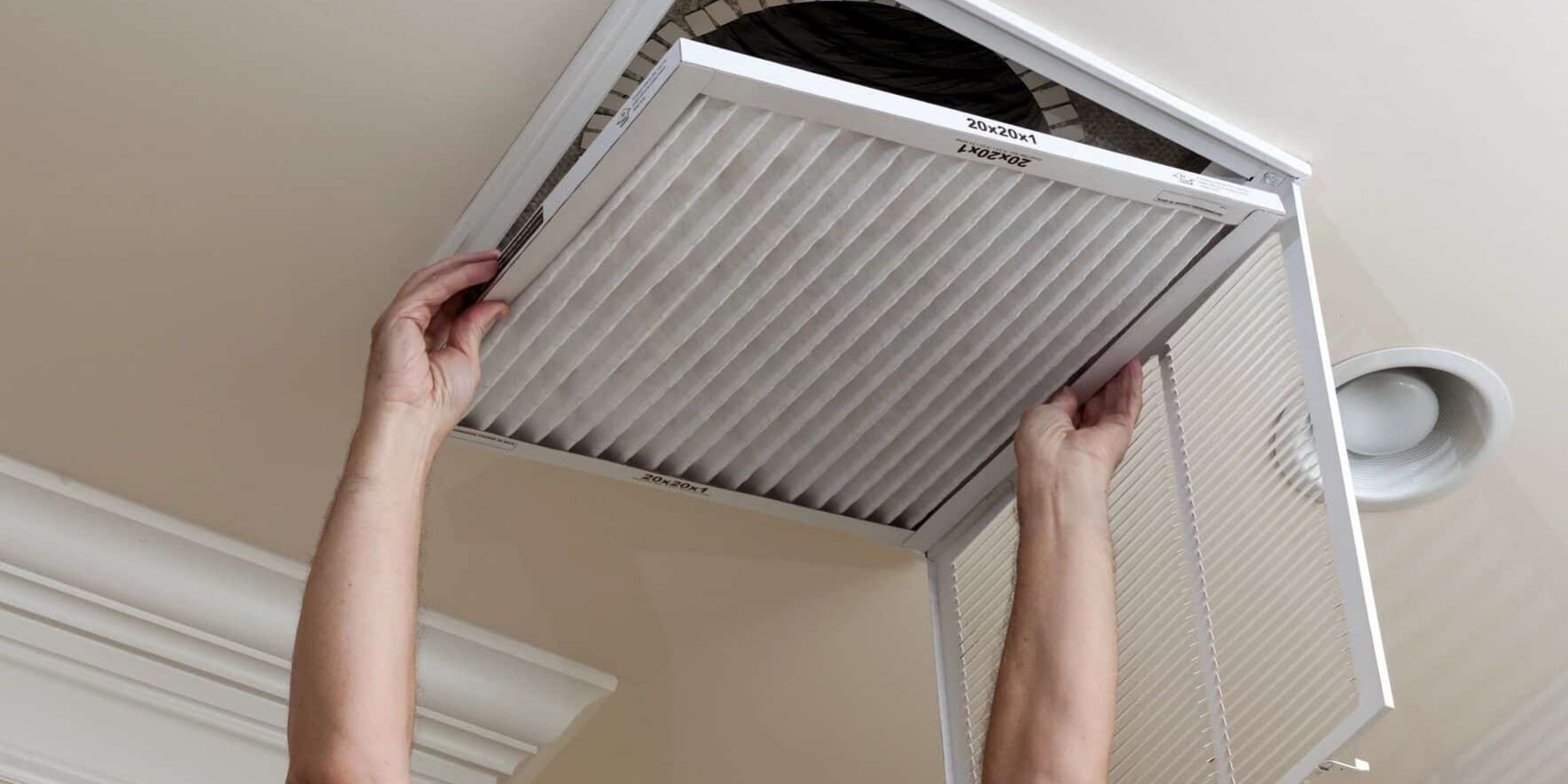Your indoor air quality can have various effects on your health. According to the Environmental Protection Agency (EPA), indoor air pollutant levels can be estimated 100 times higher inside homes as compared to outside.
While you can’t always control air quality, you certainly can take steps towards improving indoor air quality to safeguard your home and your family. The first step is to test the air quality of your home and identify harmful contaminants.
Use an Air Quality Monitor
An air quality monitor is an effective and inexpensive way to measure common air pollutants. When you are aware of the air pollutants in your home’s atmosphere, you can take active steps towards getting fresh air back in your home.
Air Quality monitors differ in regard to what they track. However, normally all monitor chemical pollutants and humidity.
When choosing an air quality monitor to test your home’s indoor air, you should ensure the sensors provide these measurements:
Air Quality Index (AQI)
This is a measurement used to determine the health risk associated to your indoor air quality.
Humidity
The more humid it is, the more likely a chance for mold to grow. Bacteria and dangerous viruses also thrive in highly humid environments
Temperature
A higher temperature also has the ability to accelerate mold and bacteria growth.
Particulate Matter
The level of particulate matter indicates the amount of dust particles and other allergens present in your home’s air.
Volatile Organic Compounds (VOC)
These are organic compounds that have high vapor pressure at room temperature and have been identified by the EPA as harmful to indoor air quality. These chemical pollutants can come from paints, building materials, carpeting, and aerosol cans, etc.
Test For Mold
Mold and mold spores can have serious adverse effects on the indoor air quality of your house. Mold requires moisture to grow, and can be found in areas that are damp and humid. While visible mold can be removed promptly, there are some instances where it cannot be visibly detected. In such instances if you’re suspicious of a murky smell and mold growing somewhere in your house, it is recommended to test before the matter gets serious.
At home mold tests are unreliable and don’t always show accurate results. It is therefore better to call a professional for an inspection, and then removal if mold is discovered.
Signs You Should Call For a Mold Inspection
- There is a distinct murky odor lingering in your house.
- You are having unexplainable allergic symptoms such as headaches, runny nose, and sinus infections.
- You’ve had leaky plumbing or water leaks in your home.
- You find an unidentified substance growing.
Monitor Carbon Monoxide and Radon Levels
Carbon monoxide and radon are both dangerous gases that have a slew of harmful effects. Carbon monoxide is produced by burning gas, wood, or fuel, so if you have gas dryers, gas stoves, or gas furnaces in your home, you are more at risk.
While some certain air quality monitors do measure carbon monoxide levels, not all do. In such a case, it is helpful to install a carbon monoxide alarm. These can inform you if the level of carbon monoxide in your home has risen to a dangerous level.
Similar to carbon monoxide, radon is also a colorless gas, and requires detection. Radon test kits, both short-term and long-term, are easily available and fairly easy to use. Electronic versions of radon tests, similar to carbon monoxide alarms, are also available.
Contact Our Indoor Air Experts in Raleigh
6 & Fix offers a comprehensive range of systems to address issues of indoor air quality including UV Lights, air cleans, and much more. With our service you and your family will be able to breathe easy.




